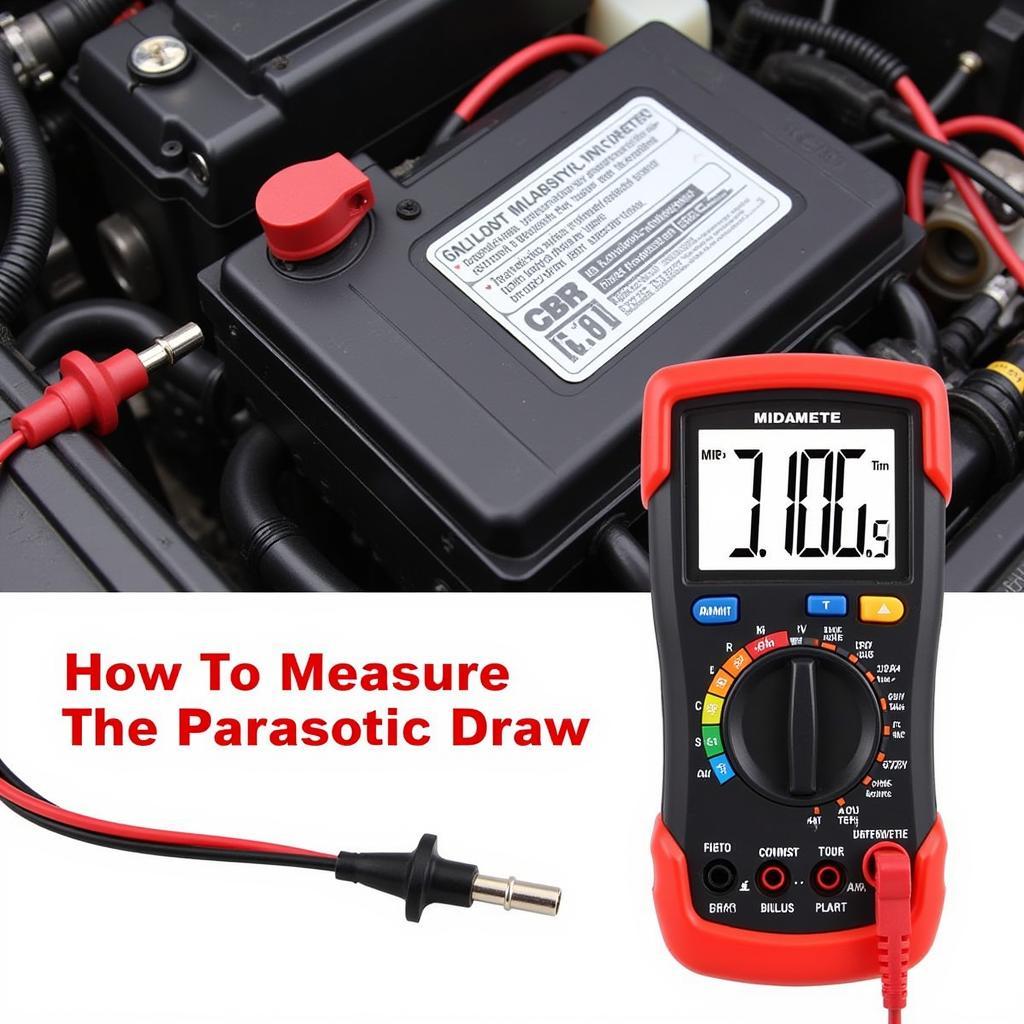This article provides a comprehensive guide on coding BMW E90 headlights to achieve the popular R8-style angel eye look. It covers all the steps involved, from gathering the necessary tools and equipment to troubleshooting common issues. Whether you’re a seasoned mechanic or a DIY enthusiast, this guide will help you transform your BMW E90’s headlights into a striking and modern design.
Understanding the BMW E90 Headlight Coding Process
Coding BMW E90 headlights to activate the R8-style angel eye effect involves modifying the car’s software settings. This is accomplished by using a diagnostic tool that communicates with the car’s electronic control units (ECUs). The process allows you to change the behavior of the headlights, enabling the angel eye feature to be activated when the car is turned on, or even when the parking lights are engaged.
Essential Tools and Equipment
Before you begin the coding process, make sure you have the following tools and equipment:
- Diagnostic tool: A reliable diagnostic tool like a BMW-specific scanner or a compatible aftermarket scanner is essential for accessing and modifying the car’s ECU settings.
- Computer: You will need a computer with a USB connection to connect the diagnostic tool.
- USB cable: The appropriate USB cable for your diagnostic tool.
- Software: Coding software specific to BMW vehicles is needed to access and modify the headlight settings.
- Safety glasses: Always wear safety glasses when working on electrical components.
Step-by-Step Guide to Coding BMW E90 Headlights
Here is a step-by-step guide to coding your BMW E90 headlights to achieve the R8-style angel eye effect:
- Prepare your car: Park your car on a level surface and ensure the ignition is off.
- Connect the diagnostic tool: Connect the diagnostic tool to your car’s OBD-II port, which is usually located under the dashboard.
- Start the diagnostic software: Launch the coding software on your computer and establish a connection with the diagnostic tool.
- Access the headlight module: Navigate through the software menus to access the module responsible for controlling the headlights.
- Locate the angel eye setting: Within the headlight module, find the setting responsible for controlling the angel eye functionality.
- Modify the setting: Change the setting to activate the angel eye feature. This might involve selecting a specific option or entering a code depending on the software you’re using.
- Test the angel eyes: Turn on the ignition and observe the headlights. The angel eyes should illuminate, indicating successful coding.
- Save the changes: Once you’re satisfied with the result, save the changes to the ECU settings.
- Disconnect the tool: Disconnect the diagnostic tool from the car’s OBD-II port.
Troubleshooting Common Issues
While coding BMW E90 headlights is a relatively straightforward process, some issues may arise. Here are some common problems and their potential solutions:
- No connection: If your diagnostic tool doesn’t connect to the car, make sure you’ve selected the correct vehicle model and year in the software. Also, check the OBD-II port for any obstructions or damage.
- Error messages: Error messages may occur during the coding process. These can be due to software compatibility issues or incorrect setting modifications. Consult the software documentation or seek assistance from a professional.
- Angel eyes not working: If the angel eyes don’t work after coding, verify that the settings were saved correctly. Double-check the wiring for any loose connections or damage.
Expert Insight from John, a BMW Coding Specialist:
” Coding BMW E90 headlights is a popular modification that adds a unique touch to the car. It’s important to use the correct tools and software for the job and to be cautious when modifying the ECU settings. If you’re not comfortable working with car electronics, it’s best to seek professional assistance.“
Tips for Success
- Research your car model: Ensure that the coding process is compatible with your specific BMW E90 model.
- Use a reliable tool: Invest in a high-quality diagnostic tool that is specifically designed for BMW vehicles.
- Back up your settings: Before making any changes to the ECU settings, make a backup of the original settings to ensure easy restoration if needed.
- Consult an expert: If you encounter difficulties or have concerns, don’t hesitate to seek assistance from a qualified BMW technician.
FAQs
Q: Is coding BMW E90 headlights legal?
A: In most countries, modifying the software settings of your car’s ECU is legal, as long as it doesn’t compromise safety features or emissions standards.
Q: Will coding my headlights affect my car’s warranty?
A: It’s generally recommended to check your car’s warranty terms and conditions. Modifying the car’s software may potentially void certain warranty provisions.
Q: Can I code other features besides angel eyes?
A: Yes, you can code various features on your BMW E90, such as the comfort access system, adaptive headlights, and even the speed limiter.
Q: Is it safe to code my own headlights?
A: Coding your own headlights can be safe if you follow the instructions carefully and understand the potential risks involved. If you’re unsure, seek professional help.
Conclusion
Coding your BMW E90 headlights for the R8-style angel eye look is a rewarding modification that enhances your car’s aesthetic appeal. This guide provides a clear and informative path to achieving this popular customization, allowing you to upgrade your headlights with ease and confidence. Remember, safety is paramount when working with electrical components, so always prioritize precautions and seek assistance if needed.


